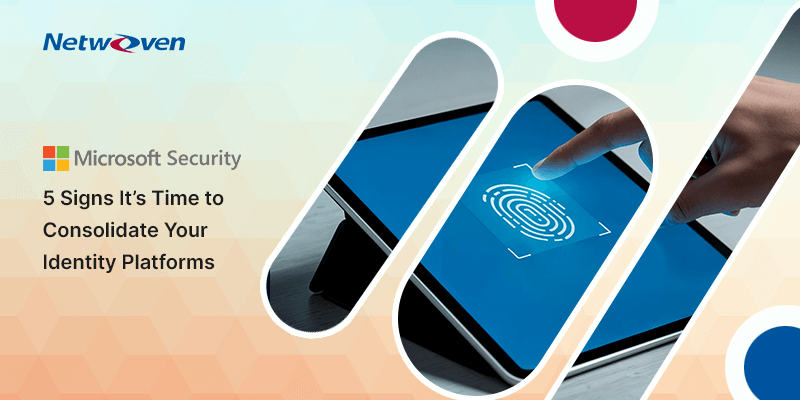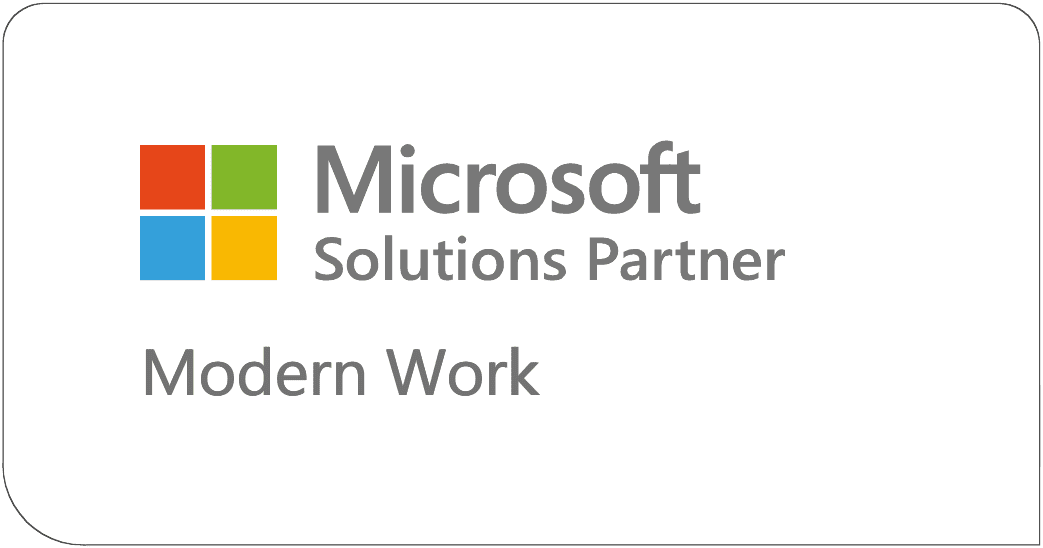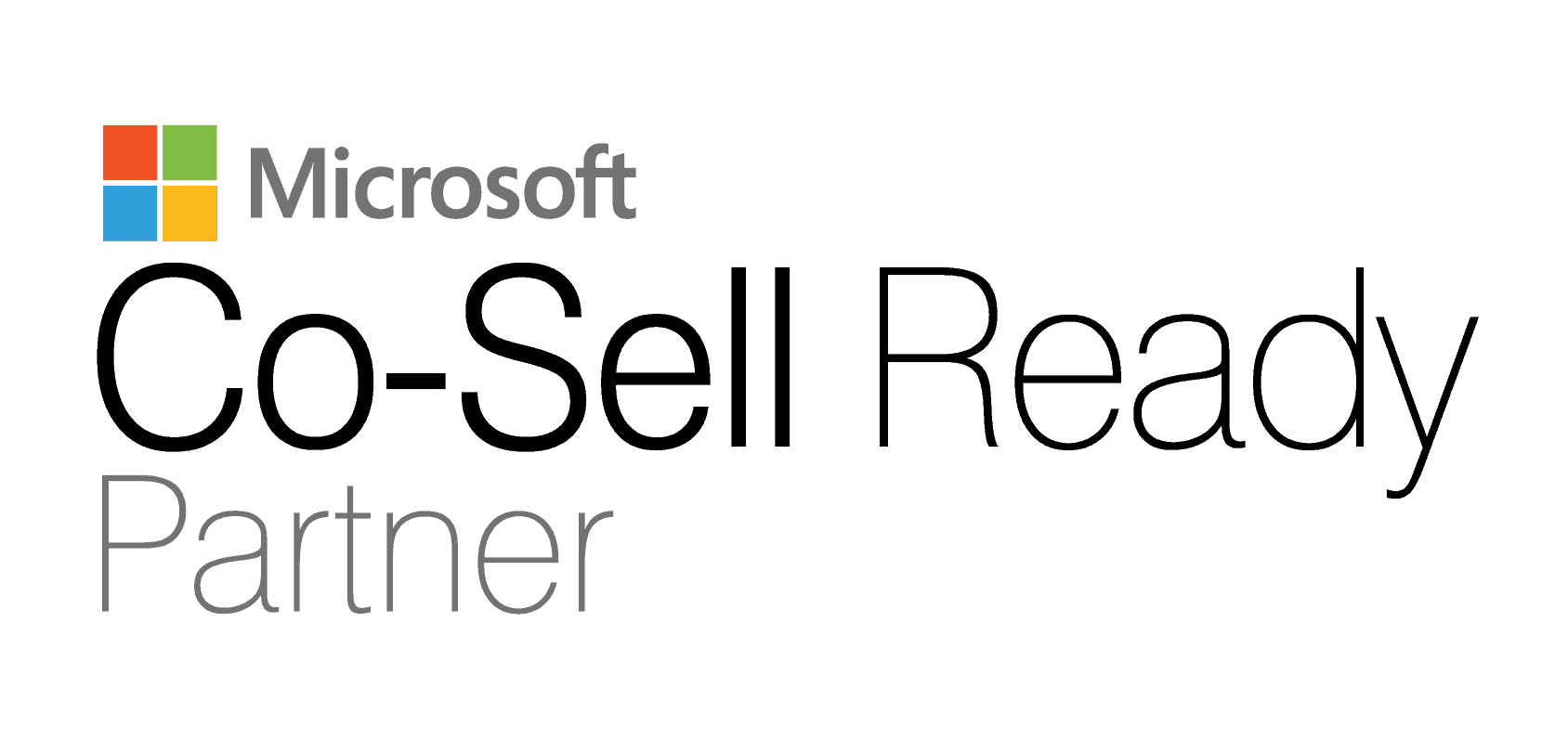Introduction
You might not realize it yet, but your identity and access management stack is working against you. Multiple identity systems, disjointed policies, and overlapping tools create complexity, risk, and frustration. At some point, this identity sprawl breaks your security, slows your team, and leaks value.
Here are five telltale signs that the time to consolidate your identity platforms has already arrived – and how to start doing something about it.
1. You Can’t Audit Who Has Access – Quickly
Ask your team: “Which users have access across all our systems?” If the answer is slow, opaque, or full of guesswork, that’s a problem.
When identity is scattered:
- Permissions are duplicated in multiple systems.
- Orphan accounts get forgotten.
- Compliance audits become painful marathons
You need a single source of truth. Consolidation gives you one place to see user access, remove unused accounts, and enforce controls across everything.
2. Your Security Policies Don’t Apply Everywhere
You say “everyone must use MFA,” but is that enforced on all systems? Probably not.
In a fragmented environment:
- Some tools don’t support your MFA or conditional access rules.
- You have identity islands operating under different risk models.
- Security loopholes creep in – “Oh, this app still uses legacy auth” becomes a frequent excuse.
If you can’t enforce uniform security policies across your entire identity stack, it’s time to consolidate under a modern, policy-first platform.
3. You’re Paying for Overlapping Tools
Only one license per user, they said. Only one identity provider per system, they said.
Yet, here you are:
- Paying for SSO in one tool, provisioning in another.
- Licensing multiple identity modules that do nearly the same thing.
- Funding integration work to “sync identities.”
Your identity stack should make life simpler – not cost more. Consolidation means you retire redundant licenses and simplify your vendor landscape.
4. Identity Chaos During M&A or Org Changes
When companies merge or spin off divisions, identities become a mess:
- Multiple Okta tenants, legacy directories, third-party IDPs – all need to come together.
- End users get stuck with multiple credentials, conflicting permissions, and confusion.
- The technical debt of identity fragmentation becomes fully visible.
Change creates identity stress. The only real answer is a disciplined consolidation path so identity no longer becomes a blocker during business change.
5. New Security Needs Break Your Old Stack
You asked for Zero Trust, identity analytics, and AI-powered adaptivity. But your old IAM stack can’t support it.
You’ll see:
- You can’t tie identity to device posture or risk signals in legacy systems.
- Building bridges between your old and new identity systems becomes a constant battle.
- You can’t unify human + machine + service identities under one consistent policy.
If your identity stack can’t evolve, it’ll become a liability rather than an asset.
Read the full case study how a global SaaS company migrates Identity Management Solution from Okta to Microsoft Entra ID.
What to Do About It (Without Breaking Everything)
Step 1: Map your full identity landscape
Make a catalog: Okta, legacy directories, custom IDP, service accounts, etc. Understand which workloads each power.
Step 2: Tag redundancies & risks
Identify overlapping systems, unused identity sources, and weak security zones.
Step 3: Build a phased consolidation plan
Don’t rip and replace. Start with less risky systems, maintain sync zones, and gradually migrate workloads.
Step 4: Lock in governance & security
Enforce consistent identity policies in your target system. Use role-based access, least privilege, and adaptive auth.
Step 5: Monitor & iterate
Watch identities, audit changes, measure access anomalies. Adjust, tighten, and evolve your model.
Conclusion
Given the rise in AI-powered attacks, identity is increasingly the frontline. Security teams are under pressure to move faster, manage fewer tools, and respond in real time. In this environment, fragmented identity stacks are a liability. Platform consolidation isn’t just a cost-saving move – it’s a survival strategy.
Moreover, newer identity platforms now include AI and analytics for user behavior, anomaly detection, policy recommendation, and automated provisioning. These functions rely on central identity contexts; fragmentation stymies their effectiveness.
As the identity consolidation ecosystem matures, organizations that act early stand to gain reduced technical debt, stronger security posture, lower costs, and better agility. The five signals above are your early warning system.























